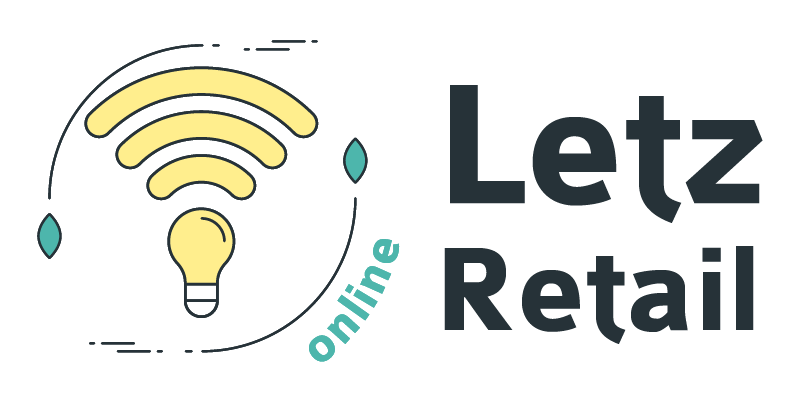Evaluating the collaboration involves analysing the overall project, including the communication, resource allocation, and the achievement of objectives. To effectively evaluate the collaboration, it is important to follow the steps below:
| Component of Evaluation | Steps | |
| Conduct a comprehensive review of the project’s goals and objectives, comparing them to the actual results. | Gather the project goals and objectives established at the outset of the collaboration.Review the actual outcomes achieved and assess whether they align with the established goals and objectives.Identify any gaps between the goals and objectives and the outcomes achieved.Document the findings and use them to inform improvements for future collaborations. | |
| Analyse the communication process, including the frequency, effectiveness, and channels used. | Gather all communication materials used throughout the collaboration.Evaluate the frequency and effectiveness of the communication materials.Assess the channels used to communicate, including whether they were inclusive and accessible to all stakeholders.Identify any gaps or issues in the communication process.Document the findings and use them to inform improvements for future collaborations. | |
| Assess the resource allocation and determine if resources were used efficiently and effectively throughout the project. | Gather all resource allocation data for the project.Evaluate whether resources were allocated in a way that maximized their impact on the project.Assess whether resources were used efficiently and whether any resources were underutilized or overutilized.Identify any areas where resource allocation could be improved.Document the findings and use them to inform improvements for future collaborations. | |
| Solicit feedback from both sectors on their experience, challenges faced, and suggestions for improvement. | Develop a survey, interview, or focus group guide to solicit feedback from participants.Share the survey, interview, or focus group guide with all stakeholders.Collect feedback from stakeholders on their experience, challenges faced, and suggestions for improvement.Analyse the feedback received and identify common themes and issues.Document the findings and use them to inform improvements for future collaborations. | |

